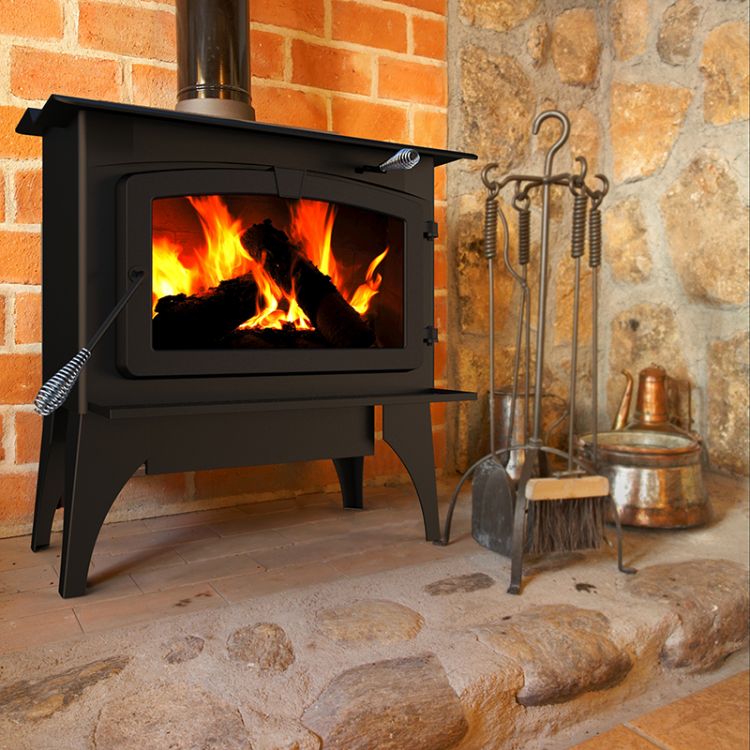This not an insert. Stand alone stove. 2020 compliant.This is an insert stove? And a newer model IIRC...have any other 1500 owners chimed in on any of this?
I have Drolet 1400i, but its probably completely different...I know I haven't had any issues getting heat from it...
Have not heard from other 1500 users.


![[Hearth.com] Am I expecting too much??? [Hearth.com] Am I expecting too much???](https://www.hearth.com/talk/data/attachments/277/277644-3436bd23db52eae3e39a66a7c2628770.jpg?hash=qLsCrdZkui)
![[Hearth.com] Am I expecting too much??? [Hearth.com] Am I expecting too much???](https://www.hearth.com/talk/data/attachments/277/277646-ec3a8aaff5057db10acf9272c9a702fc.jpg?hash=PT_vUQPvXf)
![[Hearth.com] Am I expecting too much???](/talk/data/attachments/277/277682-76e267598a5d1cbb2cd60909a7d4e4c3.jpg?hash=SMCtSaCL6v)
![[Hearth.com] Am I expecting too much??? [Hearth.com] Am I expecting too much???](https://www.hearth.com/talk/data/attachments/277/277685-b3cbe26e8e56c938fce69a1b1425e786.jpg?hash=VdxfF7c8wu)
![[Hearth.com] Am I expecting too much???](/talk/data/attachments/277/277686-122e617309af9ec4791d2d47741228b3.jpg?hash=67xORMdY-9)
![[Hearth.com] Am I expecting too much???](/talk/data/attachments/277/277687-14d04221279af68c4a6bbb0cfbb5fe14.jpg?hash=PAXFc6gROK)
